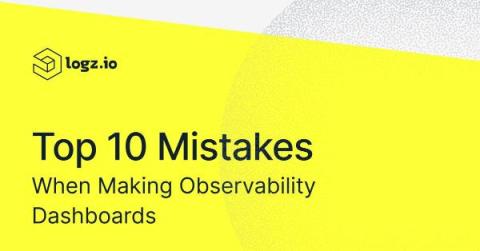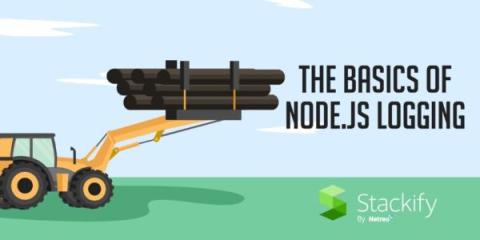LAMA: Log analytics and monitoring application
The Securities and Exchange Board of India (SEBI) recently introduced a groundbreaking API-based logging and monitoring mechanism (LAMA) framework to address the increasing concerns surrounding technical glitches in stockbrokers’ digital trading systems.











